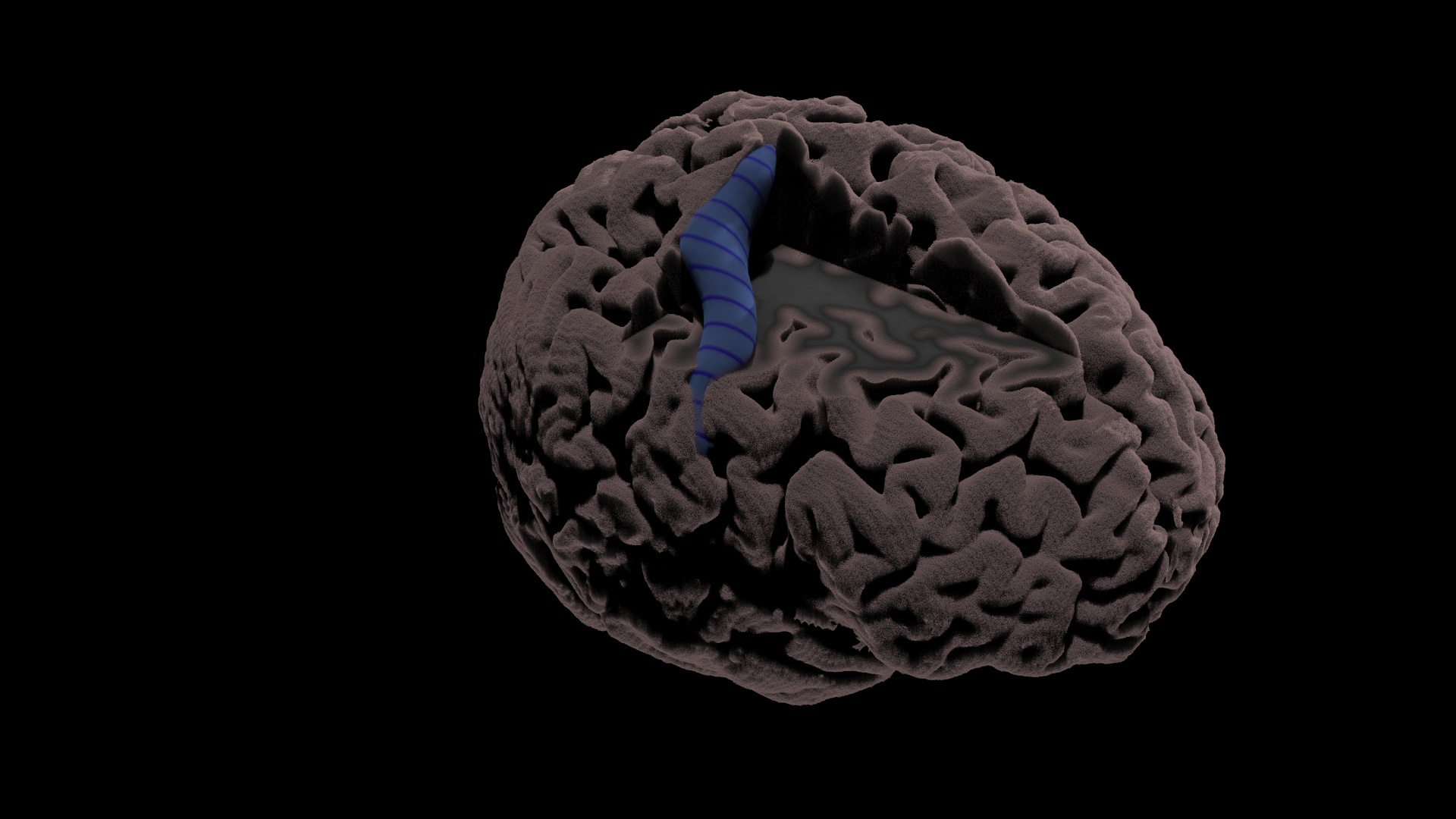New meta-analysis measures heritability of cortical folding from more than 9,000 brain scans
Neuroscientists around the world are working to better understand the genetic basis of brain structure and all of its complexities. A new study, published in the Nature journal Communications Biology in September and co-led by researchers at the USC Mark and Mary Stevens Neuroimaging and Informatics Institute (USC INI), analyzes cortical folding—the structural folds in the brain’s cortex—as a key piece of this puzzle. The research shows that cortical folding patterns are highly heritable—and that in some regions of the cortex, the genetic signature differs between the brain’s two hemispheres.

The team, led by Fabrizio Pizzagalli, PhD, who completed a postdoctoral fellowship at the USC INI and is now an assistant professor of applied physics in the Department of Neurosciences “Rita Levi Montalcini” at the University of Turin in Italy, performed a meta-analysis of more than 9,000 brain scans from MRI datasets around the world. The researchers measured the heritability of 61 sulci—grooves in the brain’s surface—in each hemisphere of the brain. Their findings suggest that analyzing cortical folding can provide key insights into the genetic factors that determine what each brain hemisphere controls.
"Now that we know which sulci can be robustly segmented, and we know their heritability, we can start to explore the processes underlying variation in human brain structure, beyond more traditional measures such as cortical thickness and surface area,” says Pizzagalli. “In particular, we can study the association of sulcal-based morphometry with diseases and the underlying genetic risk factors.”
Neda Jahanshad, PhD, associate professor of neurology at the USC INI’s Imaging Genetics Center, was Pizzagalli’s mentor and senior author of the study. Other contributors to the study included Josh Boyd, a graduate of the institute’s Master of Science in Neuroimaging and Informatics (NIIN) program.



